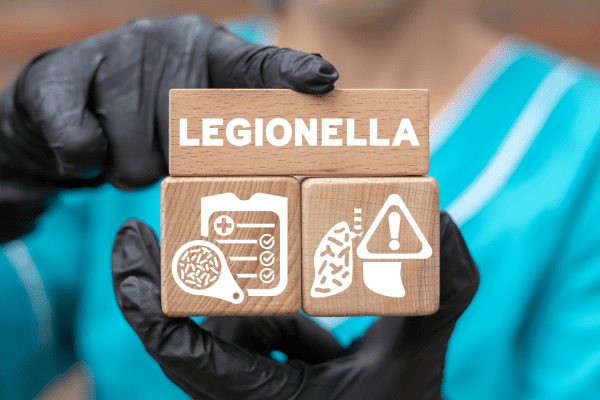Where Does Legionella Thrive?
Understanding Legionella: Where It Thrives and Why It Matters
Where does legionella thrive? Legionella has become an important topic in water safety, especially as the risks associated with man-made water systems continue to grow. In this article, we explore the origin of Legionella, the environments in which it thrives, and the conditions that lead to its amplification.
A Look Back: The History of Legionella
Legionella was first identified in 1976 during a mysterious outbreak at an American Legion convention in Philadelphia. The incident caused over 180 cases of illness and 29 deaths, leading to the discovery of Legionella pneumophila, the bacterium responsible for what would become known as Legionnaires’ disease.
Since then, researchers have identified over 60 species of Legionella, with about half of them linked to human disease. Despite decades of research, Legionnaires’ disease continues to pose a significant public health risk around the world.
Where Does Legionella Thrive?
Legionella is naturally found in freshwater environments like rivers, lakes, and streams. In these settings, it typically exists in low concentrations and poses minimal threat. However, problems arise when Legionella enters and proliferates within man-made water systems, where ideal growth conditions are often unintentionally created.
Common Sites for Legionella Amplification:
-
Cooling towers
-
Hot water tanks and heaters
-
Decorative fountains
-
Humidifiers
-
Building potable water systems
These systems often provide the warm temperatures and conditions Legionella needs to grow and spread.
Key Conditions That Promote Legionella Growth
Understanding where Legionella thrives means recognizing the specific environmental conditions that support its growth:
1. Optimal Temperature Range
Legionella grows best between 77°F and 113°F, with peak growth near 95°F. Water systems that operate within this range are particularly at risk.
2. Biofilms
These slimy layers of bacteria and organic matter can form on the interior surfaces of pipes and tanks. Legionella uses biofilms as a protective home, making them difficult to eliminate.
3. Stagnation
Dead legs, low-use fixtures, or under-circulated plumbing can create stagnant water, allowing Legionella to multiply unchecked.
4. Nutrient Sources
Rust, scale, organic matter, and even other bacteria can serve as food for Legionella, promoting rapid growth under the right conditions.
Why This Matters
Recognizing the environments where Legionella can thrive allows facility managers and water safety professionals to take proactive measures. By controlling temperature, reducing stagnation, and maintaining clean systems, the risks can be significantly reduced.
What’s Next?
In the next part of our “Understanding Legionella” series, we’ll explore how to assess Legionella risk in your water systems and what strategies can be implemented to keep your facility safe and compliant.

